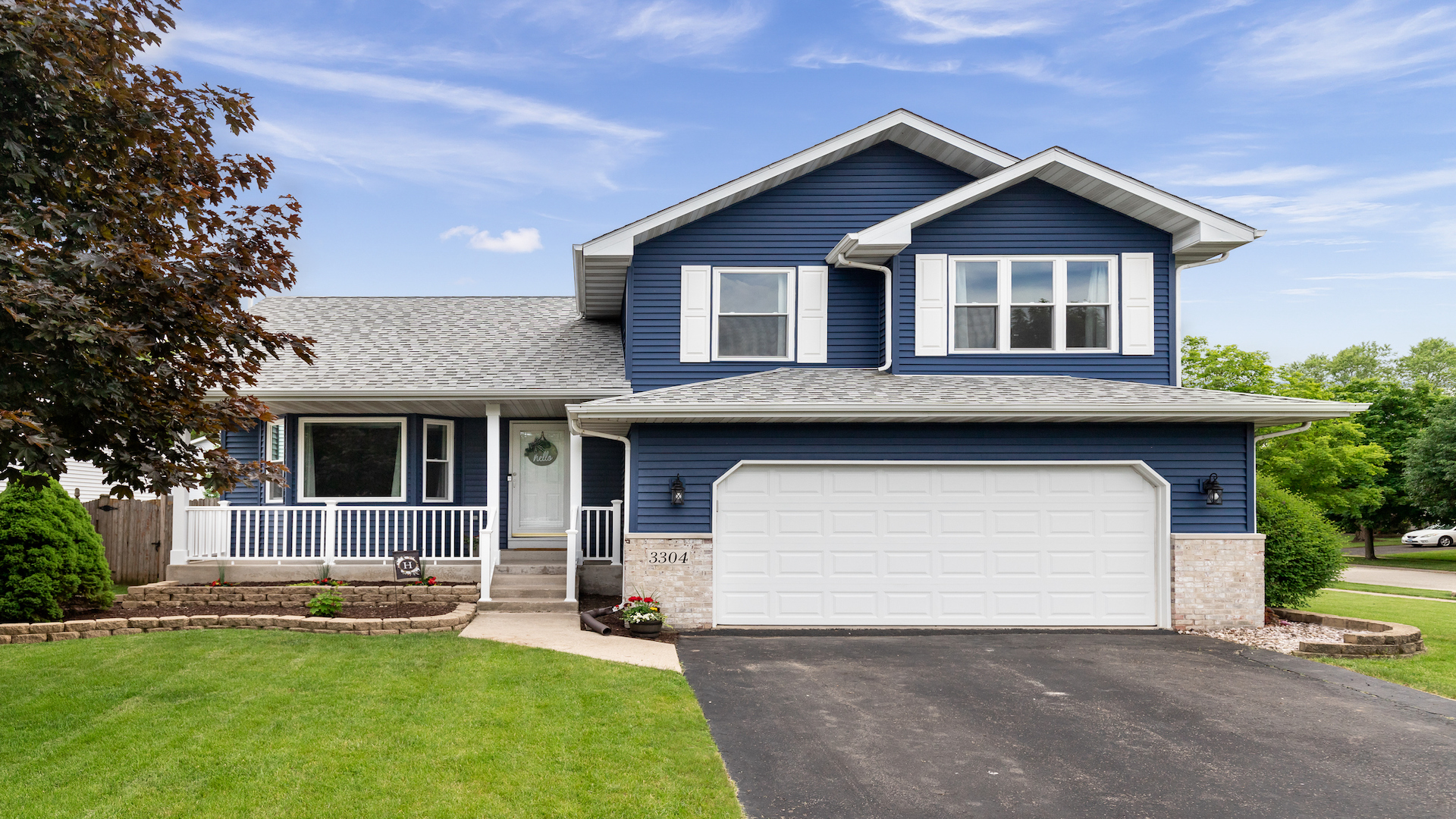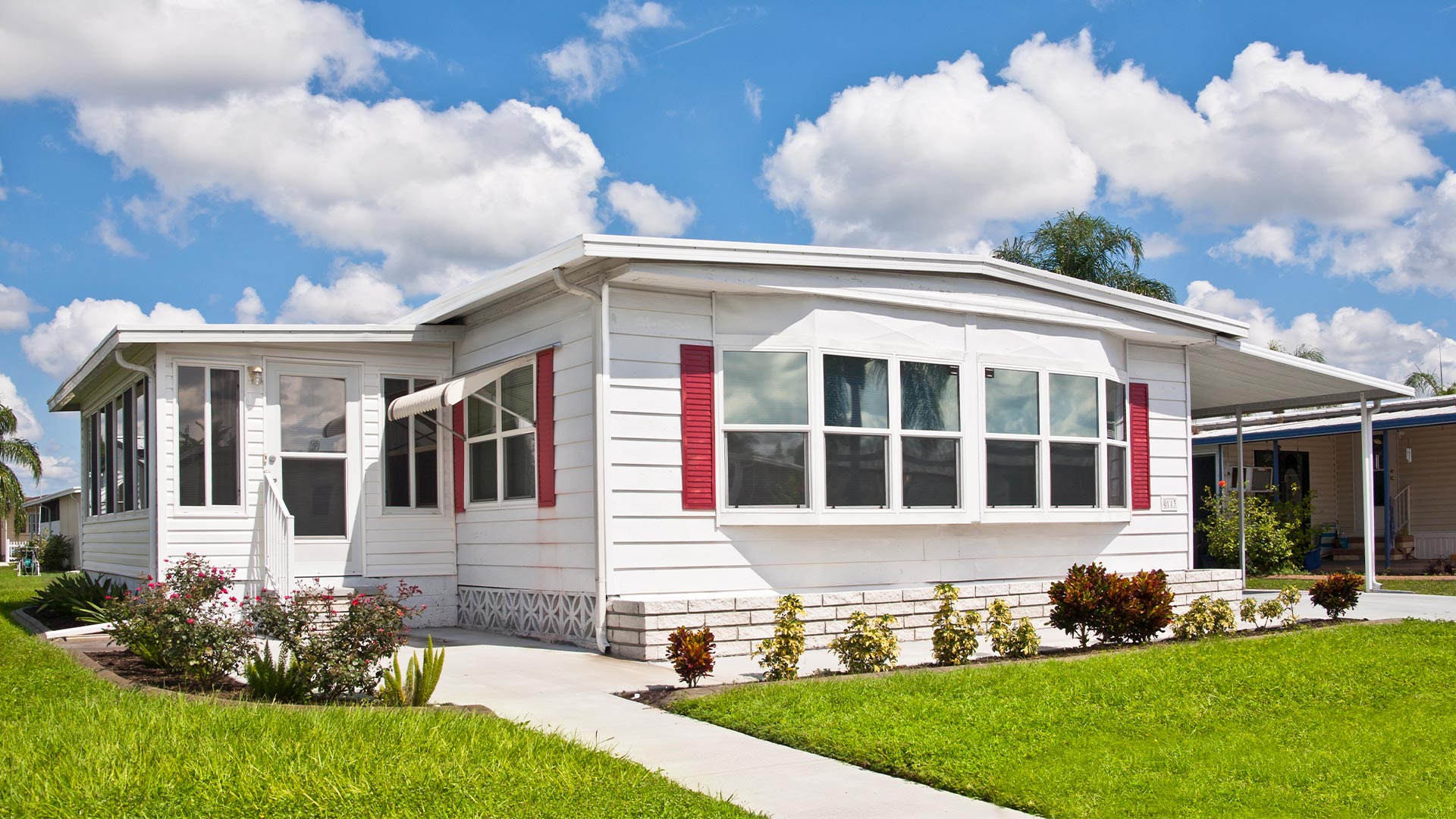
How to find a good mortgage rate
Everyone wants the lowest mortgage rate possible. But what is a good deal? And how do you know you’re getting the best rate available?
The first question is hard to answer, because a ‘good’ rate is different for everyone. It could be 2.75% for one borrower and 3.25% for another on the same day.
But the second question — how to find your best rate — is an easy one.
All you have to do is check with a few different lenders. Their estimates will show you what a good rate looks like for your unique situation.
Find your lowest mortgage rate (May 26th, 2021)In this article (Skip to…)
- Today’s best rates
- ‘Good’ rates vary a lot
- Credit score and rates
- Current rates can be deceptive
- How to find the best rate
- Tips to lower your rate
What’s a good mortgage rate today?
Mortgage rates change all the time. So a good mortgage rate could look drastically different from one day to the next.
Throughout the first half of 2021, the best mortgage rates have been in the high-2% range. And a ‘good’ mortgage rate has been around 3% to 3.25%.
Of course, these numbers vary a lot from one borrower to the next, as we explain below.
Top-tier borrowers could see mortgage rates in the 2.5-3% range at the same time lower-credit borrowers are seeing rates in the high-3% to 4% range.
In addition, looking forward in 2021, interest rates seem likely to increase. So a good mortgage rate later this year could be substantially higher than what it is today.
Verify your new rate (May 26th, 2021)“Good” mortgage rates look different to everyone
What is a good mortgage rate? That’s a tricky question. Because many of the rates you see advertised are available only to “prime” borrowers: those with high credit scores, few debts, and very stable finances. Not everyone falls into that category.
Of course, you can look at average mortgage rates. But how reliable are those as a guide?
On the day this was written, Freddie Mac’s weekly average rate for a 30-year, fixed-rate mortgage was 3%. But the daily equivalent on Mortgage News Daily’s website was 3.16%.
So how do you navigate the world of mortgage rates?
The trick is knowing what a good mortgage rate looks like for . And that will depend on a few different factors, including:
- How strong your finances are — Lenders look at your credit score, down payment, existing debt burden, and the consistency of your income. A credit score above 720 and a down payment of 20% typically earn you the best rates, but you can qualify for a home loan with far less
- Which mortgage lender you choose — Only by shopping around and getting rate quotes from several lenders can you be sure you’re getting the best possible deal
- What type of mortgage you want — Each type of mortgage comes with a different average rate: conventional, conforming, FHA, VA, USDA, and jumbo loans
- Your loan term — The length of your loan makes a difference, too. Shorter-term loans (for instance, a 15-year mortgage) typically have lower interest rates than 30-year loans
- Your loan’s purpose — You’ll likely pay a slightly higher rate to refinance your existing loan than if you were buying a home
Clearly, there are a lot of variables affecting your interest rate. What’s an attractive rate for one borrower may be way too high for another.
And, all lenders weigh these factors differently. So making the same application with three different lenders will most likely get you three different rates and sets of fees.
That’s why experts say it’s so important to shop for your rate. There’s no way to know what a good mortgage rate looks like for you until you’ve compared your options.
Find your lowest mortgage rate (May 26th, 2021)Credit score and mortgage rates
Your credit score is one of the biggest factors in determining your mortgage rate, especially if you use a conventional loan.
FICO has a tool to estimate mortgage rates based on credit, and it shows how big a difference your score can make when it comes to your interest rate.
Here were FICO’s annual percentage rate (APR) estimates for different credit tiers on April 21, 2021:
| Credit Score Range | 30-Yr Mortgage APR* |
| 620-639 | 4.241% |
| 660-679 | 3.265% |
| 760-850 | 2.652% |
What’s that in dollars?
Over a 30-year FRM, someone with the lowest of those APRs would pay around $90,000 in interest. But someone whose score is in the 620-639 range would pay closer to $153,800. So over time, what might look like a relatively small rate difference can add up to huge savings.
Remember, FICO is looking only at the difference your credit score makes.
In the real world, lenders will decide your rate based on the other factors mentioned above as well: mainly your down payment, existing debts, and the stability of your income.
Current mortgage rates can be deceptive
It’s important to understand that ‘shopping around’ means actually applying with multiple lenders and getting personalized quotes. It does mean simply looking online and picking the lender with the lowest advertised rates.
Why? Because lenders tend to base their advertised rates on ‘ideal’ borrowers. They often include discount points, too, which lower your interest rate but increase your upfront fees.
So unless you have great credit, a big down payment, and don’t mind paying extra closing costs, advertised rates likely won’t apply to you.
The same applies to average rates. By definition, some borrowers will qualify for lower rates and some will get higher ones. What you’ll be offered will depend on your situation and personal finances.
Discount points
Here’s an insider tip when comparing mortgage rates: lenders often advertise rates based on the assumption you’re going to buy discount points.
Those discount points are an extra sum you can choose to pay at closing to shave a little off your mortgage rate.
Often, you pay 1% of the loan amount to reduce your interest rate by about 0.25%. So, on a $200,000 loan, you might pay $2,000 to reduce your 3% rate offer to 2.75%.
There’s nothing wrong with these points (provided you have the spare money), and they’re often a good idea. But comparing an advertised rate that assumes you’ll buy discount points with ones that don’t make the same assumption is like comparing apples with oranges. You won’t get a fair answer.
How to find the best mortgage rate for you
Different lenders will look at your financial circumstances in different ways.
For example, a lender that specializes in FHA loans (home loans backed by the Federal Housing Administration) will rarely raise an eyebrow if your credit score is in the 580-620 range. But one that caters to superprime borrowers likely won’t give you the time of day.
Ideally, you want a mortgage lender that is used to dealing with people who are financially similar to you.
But how can you know which those are? Well, you might get clues from a lender’s website. But ultimately you can’t be really certain
Compare Loan Estimates
The only way to find out is to apply to multiple lenders for quotes (officially called Loan Estimates). It doesn’t take long. And the amount you stand to save can easily add up to thousands of dollars.
Don’t worry about your credit score when you compare rates.
Provided you make all your loan applications within a focused period (a month or less), your score should take the same tiny hit for 10 applications as for one. That’s because scoring technologies make allowances for rate shopping for certain types of borrowing, including home loans.
Check rates from multiple lenders. Start here (May 26th, 2021)Negotiate with lenders
You’ll get a quote for each loan application you fill out. Nowadays, these all come in the same standard format — the Loan Estimate — so they’re easy to compare side by side.
But you don’t have to stop at choosing the lowest quote. You’re always free to ask for better terms.
A good tactic can be to play one lender against another. You may well find you can drive down your rate or closing costs by showing your preferred lender a better offer and asking them to match it.
Look at interest rate and APR
Most borrowers tend to focus on mortgage rates. But the APR you pay on a loan is often just as or even more important than the basic interest rate. And that goes for mortgages, too.
An APR looks at all your costs of borrowing (including interest) and spreads them over the potential life of your loan. So APRs are higher than straight rates. And they can tell you about what you’re actually going to pay.
Just note, APR assumes you’ll keep your loan its full term, which most borrowers don’t. They either sell or refinance before the mortgage term ends.
So look at APR, but don’t always take it as gospel. You can learn more about how to compare interest rates and APR effectively in this article.
Pay attention to mortgage insurance
If your down payment is less than 20% of the purchase price, you’ll typically have to pay mortgage insurance. And those premiums can add significantly to your monthly payments.
The cost of mortgage insurance will be reflected in your APR but not in your interest rate. So make sure you learn about the cost and benefits of mortgage insurance before you commit to a loan.
Strategies to get a lower interest rate
Here’s a recap of the best strategies to get a lower interest rate and save on your mortgage loan:
- Choose the type of mortgage that suits your needs best — Your loan officer can help you decide
- Shop around for the best deal — You could make huge savings
- Compare your mortgage Loan Estimates carefully — Pay close attention to the APR and the total you’ll pay in the first five years of your loan
- Negotiate — Don’t be afraid to ask lenders for a better rate or lower fees
- Buy discount points if you can comfortably afford them
And, if you have time before you plan to buy or refinance:
- Boost your credit score before you apply
- Reduce your debts before you apply
- Save a bigger down payment — The higher your down payment, the lower your mortgage rate is likely to be
With those last three, there’s only so much you can do. Few of us could save more at the same time we’re paying down debt.
But prioritize areas where you think you have the most room to grow as a borrower. And just do what you can. Because even a little can sometimes help a lot.
Verify your new rate (May 26th, 2021)



